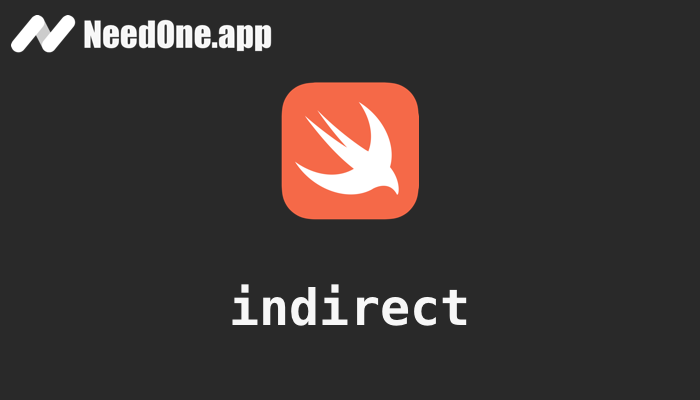An indirect enum in Swift is an enum that can be used to define a recursive data structure. This means that one or more of its cases can refer to an instance of the same enum type.
Here is an example of an indirect enum in Swift:
indirect enum TreeNode<T> {
case leaf(T)
case branch(left: TreeNode<T>, right: TreeNode<T>)
}
In this example, the TreeNode enum defines a binary tree data structure, where each node can either be a leaf node, containing a value of type T, or a branch node, containing two child nodes, left and right, both of type TreeNode<T>. By marking the TreeNode enum as indirect, the Swift compiler is able to handle the recursive references within the enum, allowing it to create instances of the data structure.






